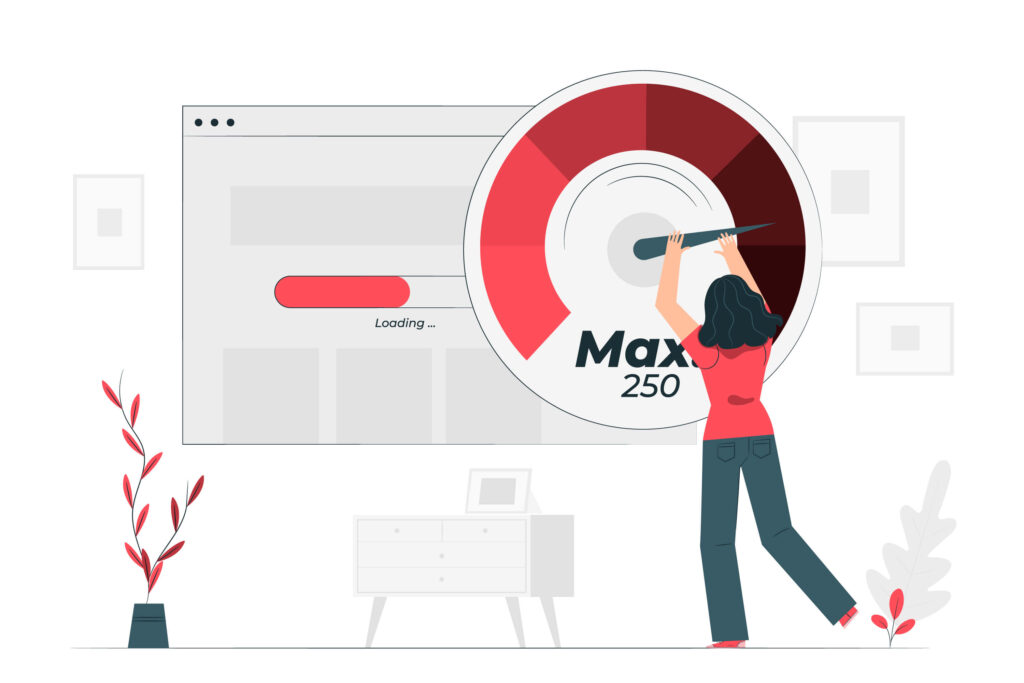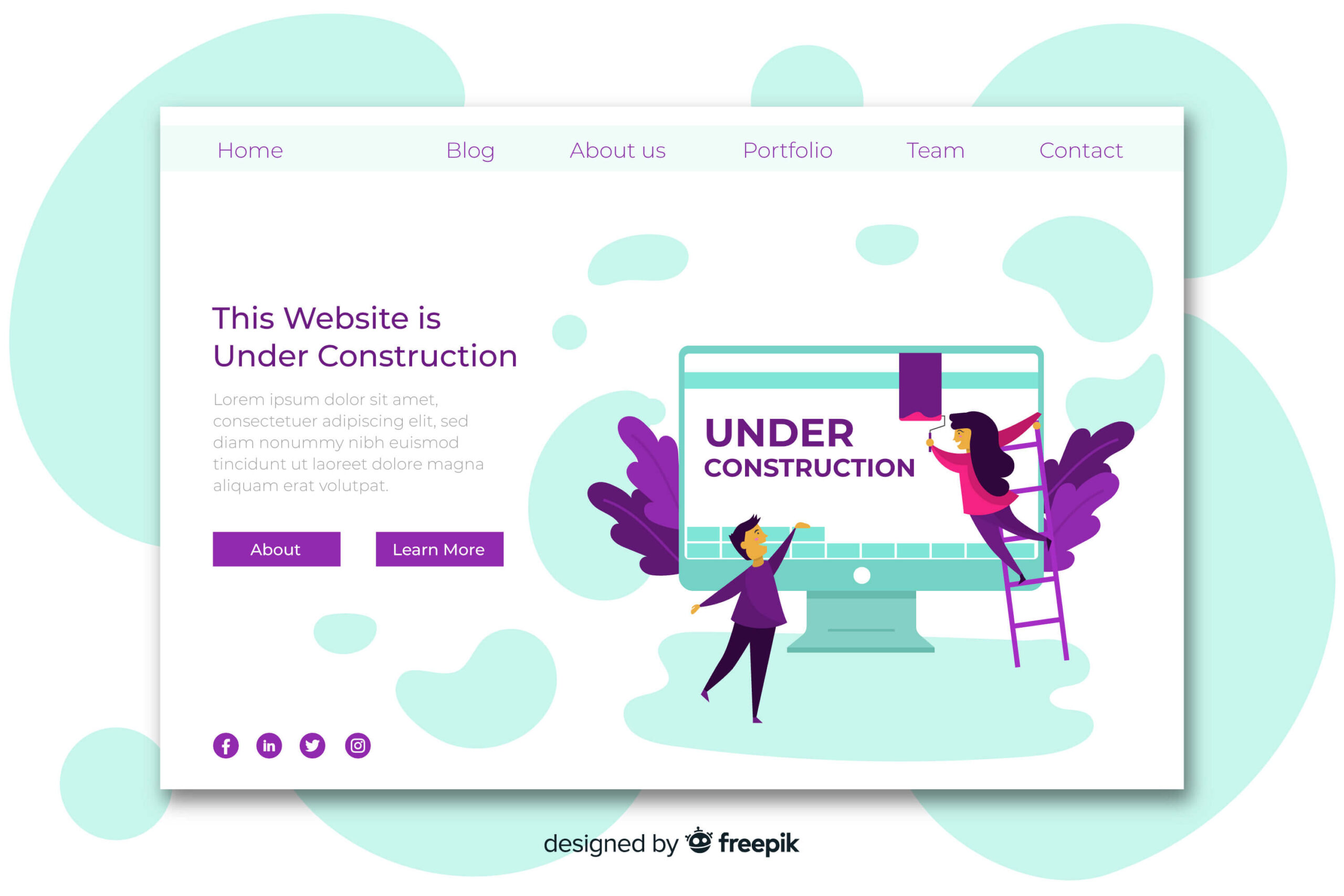Google hates slow websites! Image-heavy websites that neglect optimization seriously jeopardize their search engine rankings. If your stunning visuals can’t be found easily, what good are they? While visuals are undeniably powerful for attracting and engaging customers, their impact is lost on a slow-loading website. This comprehensive guide will teach you the essential strategies for optimizing images for websites, ensuring your content gets discovered while delivering a lightning-fast user experience. Let’s dive in!
Understanding Image Formats for Optimal Results
Choosing the right image format is the foundation of successful image optimization. While there’s no single “best” format, the optimal choice depends on the image’s content and your quality requirements. Here’s a breakdown of the most common formats and their business applications:
- JPEG (JPG): The standard for photographs and images with many colors. JPEG offers excellent compression options, making it ideal for balancing image quality with file size. Best for: Product photos, hero images, blog graphics.
- PNG: Known for supporting transparency and lossless compression, preserving image detail perfectly. Ideal for logos, graphics, or images requiring transparent backgrounds. Be mindful of larger file sizes compared to JPEG.
- WebP: A modern format developed by Google, offering superior compression than JPEG and PNG for both lossy and lossless images. Gaining wider browser support, it’s a fantastic option when compatibility allows.
- AVIF: Even newer than WebP, with the potential for the smallest file sizes. However, browser support is currently more limited. Consider AVIF for cutting-edge optimization if browser compatibility is not a major concern.
General Tips for Website Image Optimization

Mastering Image Compression
Finding the perfect balance between image quality and file size is crucial for a fast-loading website. To achieve this;
- Image Editing Software: Programs like Adobe Photoshop, GIMP (free), or online editors offer image compression options. Experiment with different quality settings to visually evaluate the results and find the level where the image still looks great with a significantly reduced file size.
- Online Compression Tools: Services like TinyPNG, Kraken.io, and Squoosh (advanced) are user-friendly and often let you compress multiple images simultaneously. They’re perfect for quick optimization tasks.
- Website Platform Plugins: If you use a popular platform like WordPress or Shopify, consider plugins specifically designed for image optimization. These often automate compression and other tasks, saving you time.
Responsive Images for a Seamless User Experience
With smartphones, tablets, and desktops having varying screen sizes, ensuring your images look their best on every device is non-negotiable. This is where responsive images come in.
Using a single, large image meant for desktop screens will cause it to display poorly on smaller devices. It might become stretched, pixelated, or cause unnecessary horizontal scrolling, harming the user experience.
The solution is to set srcset and sizes attributes. These HTML attributes allow you to tell the browser about different versions of the same image and the conditions for displaying each one. The browser then intelligently chooses the most appropriate image based on the user’s device.
Lazy Loading
Lazy loading is a powerful technique that delays image loading below the fold (the area not immediately visible when the page first loads) until the user scrolls down to them.
- Faster Initial Page Load: By prioritizing the loading of content within the user’s viewport, your website’s most important elements (text, navigation, etc.) load much faster, creating a positive first impression.
- Reduced Data Usage: Lazy loading is particularly beneficial for image-heavy websites, saving users bandwidth, especially on mobile devices.
- Improved User Experience: With a faster initial page load, users are less likely to bounce due to frustration, leading to longer sessions and potentially higher conversions.
How to Implement Lazy Loading
- Native Browser Support: Modern browsers increasingly support “lazy” as a default attribute for images and iframes (<img loading=”lazy”>). Check compatibility for your target audience.
- JavaScript Libraries: If wider browser support is needed, lightweight JavaScript libraries like lazy sizes or lozad.js offer easy integration and more advanced features.
- WordPress Plugins: Many popular image optimization plugins for WordPress also include lazy loading functionality.
Advanced Strategies for Optimizing Images on Websites

The Power of Content Delivery Networks (CDNs)
A CDN is a geographically distributed network of servers designed to deliver content to users faster based on their location. Here’s how they supercharge image optimization for businesses:
- Reduced Latency: By storing images on servers closer to the user, CDNs minimize the distance data travels, significantly improving image load times. This is especially impactful for global audiences.
- Increased Resilience: CDNs distribute load across multiple servers, making websites less prone to downtime due to traffic spikes or server failures. This ensures your visuals are always accessible.
- Improved SEO: Since faster load times are a factor in search engine rankings, using image CDNs can indirectly boost your website’s visibility.
- Enhanced User Experience globally: CDNs ensure a consistently fast image-loading experience no matter where your customers are located, fostering a positive brand image worldwide.
Choosing an Image CDN
When selecting a CDN, consider these factors:
- Global Coverage: Ensure the CDN has servers in regions where your target audience is located. Popular options like Cloudflare, Akamai, and Fastly have extensive global networks.
- Image Optimization Features: Some CDNs offer additional image optimization features like on-the-fly resizing and format conversion.
- Pricing and Support: Evaluate the CDN’s pricing plans and the level of support offered.
Automated Workflows
Image optimization can become time-consuming, especially for websites with large image libraries. Here’s where automation comes to the rescue:
- Workflow Optimization Tools: Services like ImageKit.io or Cloudinary offer automatic image optimization, format conversion, responsive resizing, and CDN delivery – all in one easy-to-use package.
- Image Optimization Plugins: If you use WordPres, look into plugins like Smush, Imagify, ShortPixel, or Optimole, which often combine optimization, CDN integration, and lazy loading features. Other platforms likely have similar plugins available.
Benefits of Automation for Businesses
- Time Savings: Automation frees up valuable time for webmasters and content creators to focus on other essential tasks.
- Consistency: Automated workflows ensure all your images are optimized according to best practices.
- Cost-Effectiveness: Some automation tools offer usage-based pricing, making them scalable solutions for businesses of all sizes.
The Importance of Maintaining Image Quality
While image optimization is crucial for website speed, it’s essential to remember that visuals play a significant role in how customers perceive your brand. While tiny in file size, overly compressed images can appear blurry, pixelated, or exhibit distracting artefacts.
This compromises the user experience and directly undermines your efforts to present a professional and polished image. Substandard visuals can subconsciously erode consumer trust and make your products or services seem less appealing.
Finding the sweet spot between image optimization and visual quality is paramount. Always evaluate the results of compression against your brand standards, ensuring your images convey the quality your customers expect.
Conclusion
Optimizing images on your website is not just a technical tweak – it’s a strategic investment in the success of your website. By embracing the techniques discussed in this guide, you empower your business with a website that both captivates through stunning visuals and delivers an unrivaled user experience.
As your website grows and technology evolves, keep the principles of this guide in mind to ensure your digital presence remains at the forefront of both speed and visual appeal.
Do you struggle with balancing image quality and website speed? Have you implemented the strategies discussed, and what results have you seen? Share your image optimization challenges and successes in the comments below!





